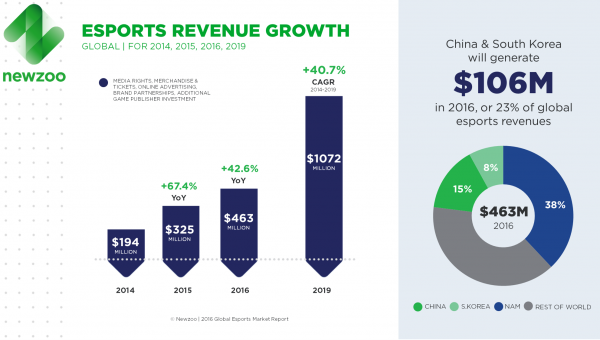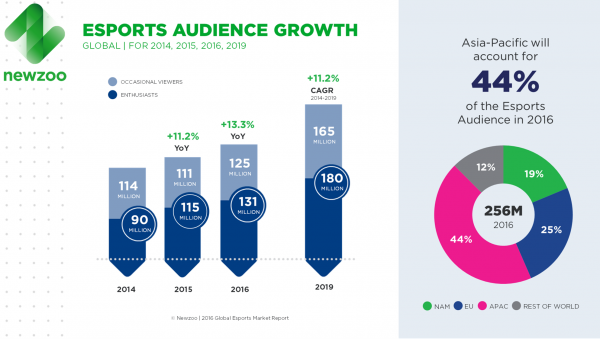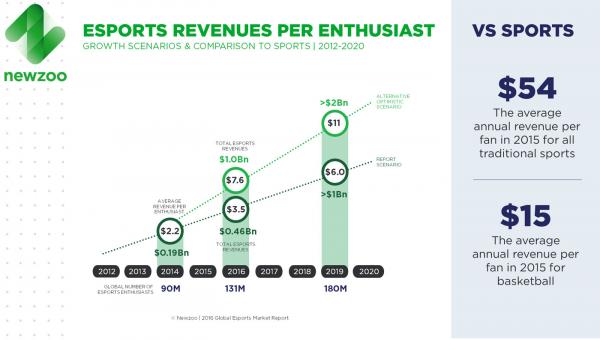There’s a growing demand for original content from networks, particularly streaming services like Netflix and Hulu. While these offerings are winning awards and otherwise being praised, FX Networks CEO John Landgraf still believes that the “content bubble”could burst through overabundance.
Landgraf spoken on the subject before, coining the term “peak TV” as he discussed how there is “simply too much television” when it comes to viewing original programming.
Following a report that 209 scripted series aired in 2015, Landgraf corrected that number to 412 (via AdWeek). “Counting television series is like counting lemmings,” Landgraf said. “Hopefully they won’t all run off a cliff and plunge to their deaths in the ocean.”
That count will continue to rise in 2016, coming closer to that “peak TV” figure he discussed, which could lead to a drop-off soon after. “I think there’s a reasonable prospect there will be fewer in ’17 than there are in ’16. We’ll get to 450 shows, and then there will be a contraction down to 350 or something like that,” Landgraf expects. “There’s still going to be a lot of TV for the foreseeable future.”
While these programs offer plenty of unique content for viewers to tune in to, Landgraf believes that “from a business standpoint and increasingly from a consumer standpoint, it’s harder to launch shows. I think it’s harder for consumers to see good shows. There’s too much of everything in many ways. There’s not enough human attention to go around.” With that, “the U.S. television ecosystem is in a period of dynamic and rapid change.”
Landgraf believes that content could be surrounded by the economic bubble, and considering that original programming is crucial to marketers when it comes to getting the attention of audience, that’s a big thing to consider. “There’s something a little wonky, and if you really dug under the economics of every business making scripted television shows and every show itself, they wouldn’t all be profitable. There are more shows being made than can be sustained economically.”
Even though Netflix has seen a benefit in rising stock from its cavalcade of original shows, Landgraf noted that it “doesn’t make any significant profit” and that “something has got to give eventually in that regard.” (He also noted how the company went from producing no shows three years ago to 100 different shows this year.)
However, just because there’s a “bubble” quickly filling up doesn’t mean it’s about to burst, as some feel that it’s actually an advantage putting various pieces of content on the market. Nate Hayden, vice president of originals and branded content for AOL, recently posted a guest blog on The Wrap discussing its future potential. “Yes, there is a lot of video out there right now, muddying the waters, but out of that mud grow beautiful flowers — some of the best content we’ve ever seen. At the same time, it is inevitable that this content bubble will burst,” he explained.
He then broke down some ways for creators to “stay afloat” during this time, noting that risk plays a big factor when it comes to putting something new together. “These programs push real boundaries and tell the stories of the marginalized, under-represented groups. They breach tough topics and revel in ruffling feathers. Amazon’s Transparent pushes the envelope and has earned a dedicated viewer base and critical acclaim not just because of its timeliness and storytelling, but also for its fearless tackling of previously-untouched issues surrounding gender identity and society’s collective (mis)understandings of the transgendered community,” he said.
On the broadcast TV side, The CW’s underdog Jane the Virgin survived the muddy waters because it wasn’t afraid to bring a Spanish-speaking family of flawed women to prime time and tackle political issues like immigration reform. Audiences have reacted to this risk-taking very positively. If you want to survive a burst of the content bubble, consider the risks when it comes to whose stories you are telling, and how you are choosing to tell them.”
Digital programming also provides the opportunity “to take risks in how we distribute that content. It’s become obvious that digital has destroyed the concept of “primetime” or even set schedules in general. It means the consumer gets to choose when, where and how they interact with the content. It also means that we have to adapt, analyze and predict these patterns, and use that understanding to get creative with our windowing and scheduling strategies.” Certainly food for thought for not only creators, but how marketers put together campaigns to give this content the proper exposure it deserves.
Hayden concluded, “With so many options, it is astounding that we keep repeating ourselves. No one can watch all 400 of the scripted shows produced in 2015, but that doesn’t mean they were a waste and that we can’t learn from them. Quality will always win over quantity, but we also should celebrate the advances that we have made in scripted during this boom while being ready for the reckoning that looms. The bubble will inevitably burst, but in its aftermath the survivors will be those with the strongest content that will push us to evolve even further.”
Adding some fuel to the conversation, News Corp. co-chairman Lachlan Murdoch recently spoke with Variety on the subject, expressing, “It is a golden age, and there is a huge amount of choice,” he said. ”I think that as long as it is fragmented in straight delivery, where you have thousands of channels, whether it is linear broadcasting or over the top, whether it is Netflix or Hulu, or obviously on cable television, there is going to remain a demand for high-quality content. So I wouldn’t personally characterize that as a bubble at all. Consumers are demanding choice and that is going to continue for as long as we can see.”
For now, consumers are enjoying the variety of shows. It’s certainly a high point for original programming, even with “bubble” lining.






 Taco Bell.
Taco Bell.



 In what ways does Unravel stand out from other puzzle games?
In what ways does Unravel stand out from other puzzle games?